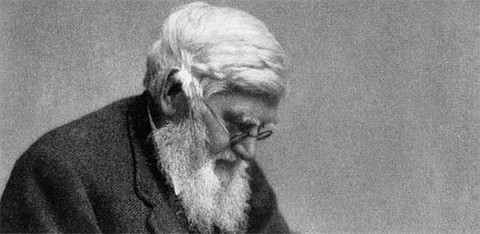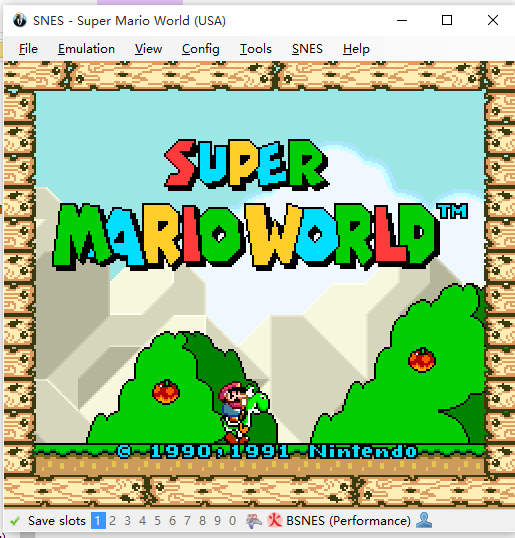神经网络从被人忽悠到忽悠人(三)
引子
在上一章,讲过bp神经网络虽然取得了很大的进步,但它本身存在着一些无法避免的问题,其中一个比较困惑的应该是局部最优解问题。
只接触那些你已经喜欢的东西是有风险的,即你可能会卷入一个以自我为中心的漩涡,从而对任何与你的标准存在细微差异的事情都视而不见,即使你原本会喜欢它。这种现象被称为“过滤器泡沫”(filter bubble),技术术语是“过适”(overfitting)。 — 必然
所谓的局部最优解的问题就是:卡在一个小高点的位置,而却认为自己在最高点,导致训练提前结束。
很多优化的算法相继提出,目前来说比较火热的也许应该算是多种算法的结合。在 2015 “机器学习”年度回顾 中使用遗传算法进化的神经网络开发了能够自己玩超级玛丽的算法。
遗传算法
9世纪中叶,达尔文创立了科学的生物进化学说,以自然选择为核心的达尔文进化论,第一次对整个生物界的发生、发展,作出了唯物的、规律性的解释,推翻了特创论等唯心主义形而上学在生物学中的统治地位,使生物学发生了一个革命变革。

达尔文
在重要著作《物种起源》:他使用在1830年代环球科学考察中积累的资料,试图证明物种演化是通过自然选择和人工选择实现的。
1967年,Holland的学生J.D.Bagley在博士论文中首次提出“遗传算法(Genetic Algorithms)”一词简称GA,他抓住了《物种起源》两个重要的规则:交叉和变异。把这两个过程用算法的方式完美的演绎出。
Super Mario World的人工智能
2002年,Kenneth O. Stanley 在Massachusetts Institute of Technology上发表了,《Evolving Neural Networks throughAugmenting Topologies》(神经网络进化拓扑结构),简称NEAT。
简单的来看,神经网络进化拓扑结构用的是遗传算法和神经网络的结合,能够最大程度的克服神经网络陷入局部最小值的问题。
2015年SethBling用他开发了一款能玩Super Mario World的人工智能。并开源了自己的代码,短短的一千多行的代码,就能够自己学习,并能够通关超级玛丽。

代码使用lua写成,一千多行的代码,结构也非常的清晰。
代码用神经网络算法计算权值,用遗传算法(交叉和变异)优化权重。
神经网络的权值计算过程:
function evaluateNetwork(network, inputs) table.insert(inputs, 1) if #inputs ~= Inputs then console.writeline("Incorrect number of neural network inputs.") return {} end for i=1,Inputs do network.neurons[i].value = inputs[i] end for _,neuron in pairs(network.neurons) do local sum = 0 for j = 1,#neuron.incoming do local incoming = neuron.incoming[j] local other = network.neurons[incoming.into] sum = sum + incoming.weight * other.value end if #neuron.incoming > 0 then neuron.value = sigmoid(sum) end end local outputs = {} for o=1,Outputs do local button = "P1 " .. ButtonNames[o] if network.neurons[MaxNodes+o].value > 0 then outputs[button] = true else outputs[button] = false end end return outputs end 交叉:
function crossover(g1, g2) -- Make sure g1 is the higher fitness genome if g2.fitness > g1.fitness then tempg = g1 g1 = g2 g2 = tempg end local child = newGenome() local innovations2 = {} for i=1,#g2.genes do local gene = g2.genes[i] innovations2[gene.innovation] = gene end for i=1,#g1.genes do local gene1 = g1.genes[i] local gene2 = innovations2[gene1.innovation] if gene2 ~= nil and math.random(2) == 1 and gene2.enabled then table.insert(child.genes, copyGene(gene2)) else table.insert(child.genes, copyGene(gene1)) end end child.maxneuron = math.max(g1.maxneuron,g2.maxneuron) for mutation,rate in pairs(g1.mutationRates) do child.mutationRates[mutation] = rate end return child end 看不见的努力和优化
Super Mario World训练过程比较简洁,训练了一晚上以后,能够顺利的通过。再次用游戏的方法,看到了神经网络的威力。通过神经网络训练权值,并用遗传算法使自己最大限制的不掉进局部最小值里,可以训练出很多优秀的项目。
但这种应用处于初期,目前的阶段只能用于娱乐项目上,真正能够实用性的东西,还需要很多的努力。











![[HBLOG]公众号](https://www.liuhaihua.cn/img/qrcode_gzh.jpg)

